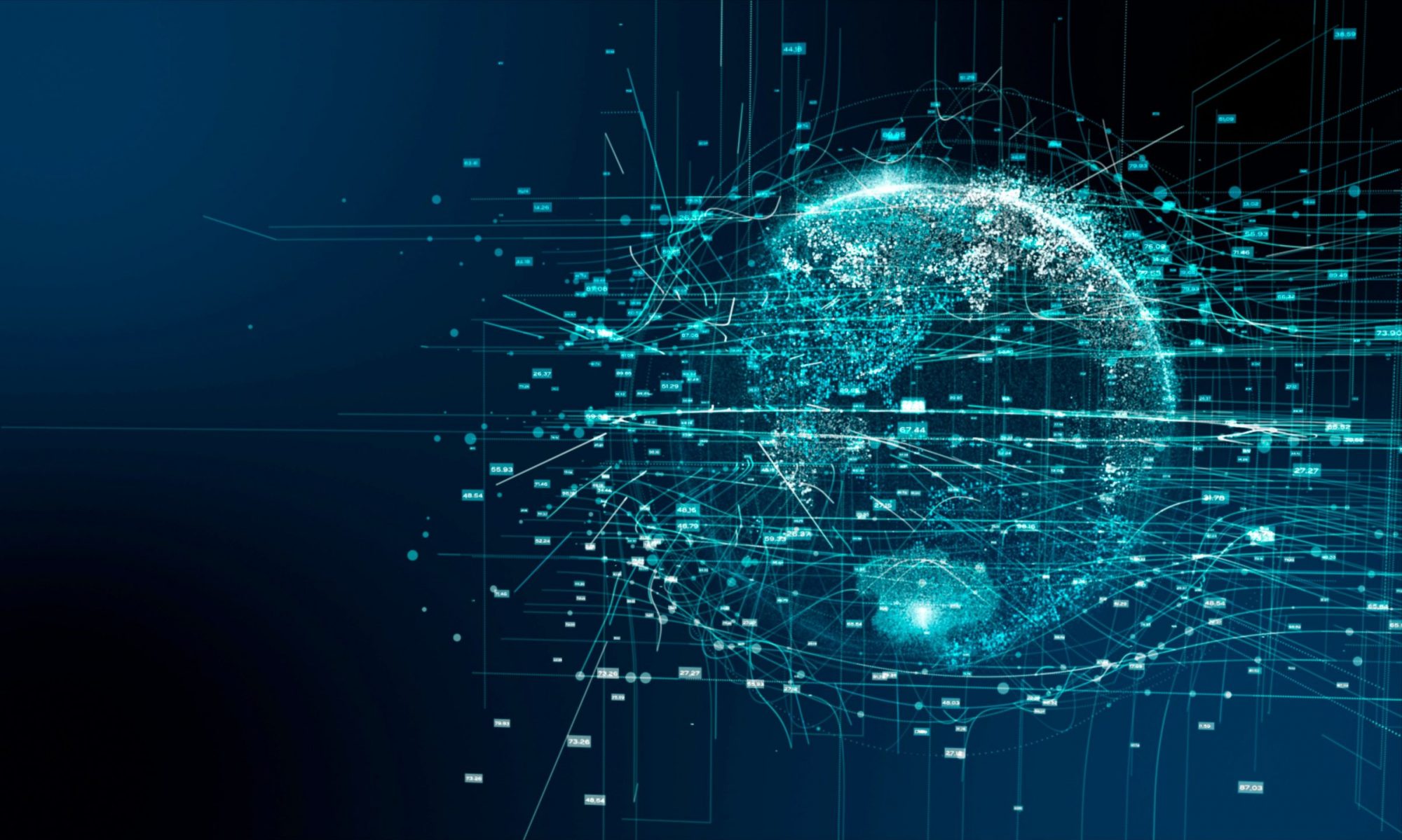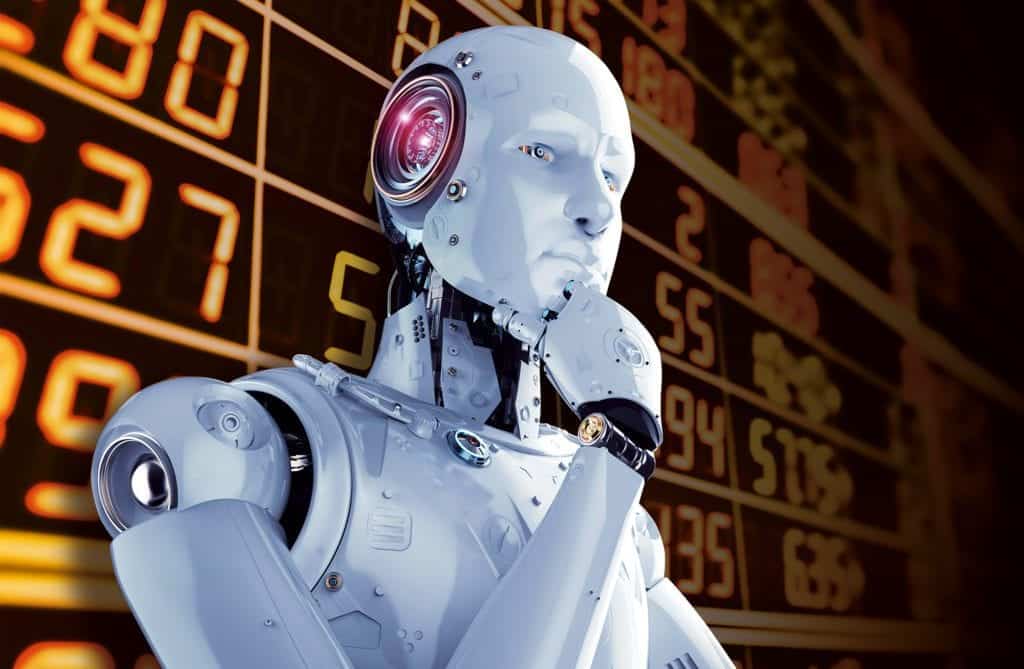Report Overview
Over the past few weeks, we have come up with an idea of where we want our project to go, but most importantly, we took a step back and thought about where robotics is going and the implications that they are having on many different industries. We have started to analyze the effects robotics are having on climate change, agriculture, the job market, and household use.
Climate Change
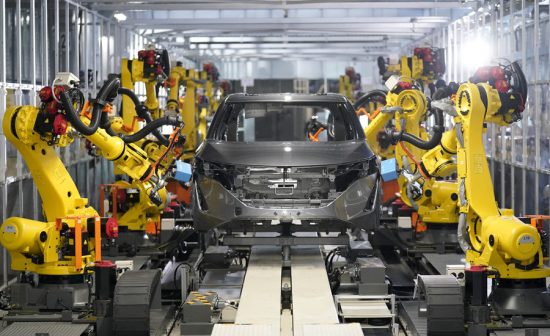
Climate Change has been studied for decades, and yet, we are still here trying to figure out how we can change to prevent it or what tools we can use to predict major implications. Robots are starting to become used more mainstream because of their cost-effectiveness. NASA sent robots to study the water in the arctic, which not only takes away the need for humans, but allows researchers to study the water temperature on a day-to-day, or even better yet, month-to-month basis. Additionally, robots were found to lower the carbon emission at the Nissan “intelligent” plant. With the use of robots, we are not only able to replace humans to do the work much more efficiently, but companies can track their progress towards being more environmentally friendly at their warehouses.
Agriculture

Farmers are seeing the advantages of having robots on their farms. Instead of wasting their time on labor-inducing projects, they can use robots to do the work for them. Robots are programmed on the farms to do specific tasks. Robots would also not be as efficient without the use of Artificial Intelligence, which farmers are also using on their farms to be as productive as possible.
Employment
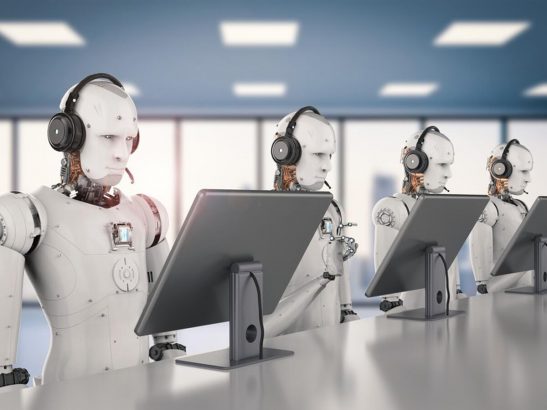
The job market is something that has been up and down for the last year or two. Many people, who understand the significance of AI and Robots in the future, wonder if their jobs will be taken away and replaced. That is what we are made to believe, and of course, many jobs will be replaced such as, taxi drivers, cashiers, and travel agents. With the use of both robots and AI, companies can be more efficient and make more money. In our project, we are also going to research how Covid affected the job market and the extensive use of robots, as well as if Covid accelerated the use of robots and AI.
Amazon Astro
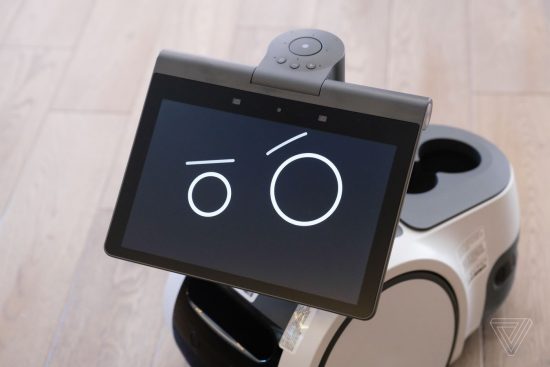
Just a few weeks ago, we saw the release of the first in-home robot, Astro. While Astro costs almost $1,000, in the future we will see more affordable options and most homes will have one. People love the idea of something doing the work for them, such as the robots that are already in most people’s homes that vacuum their floors for them. These types of robots are much more affordable. In the future, we will teach children to use robots to help them when unable to help themselves. The use of robots in the future is both predictable and unpredictable. We know that robots will be used everywhere, but as technology advances robots will as well, making it unknown as to how far we can go with the use of robots.
